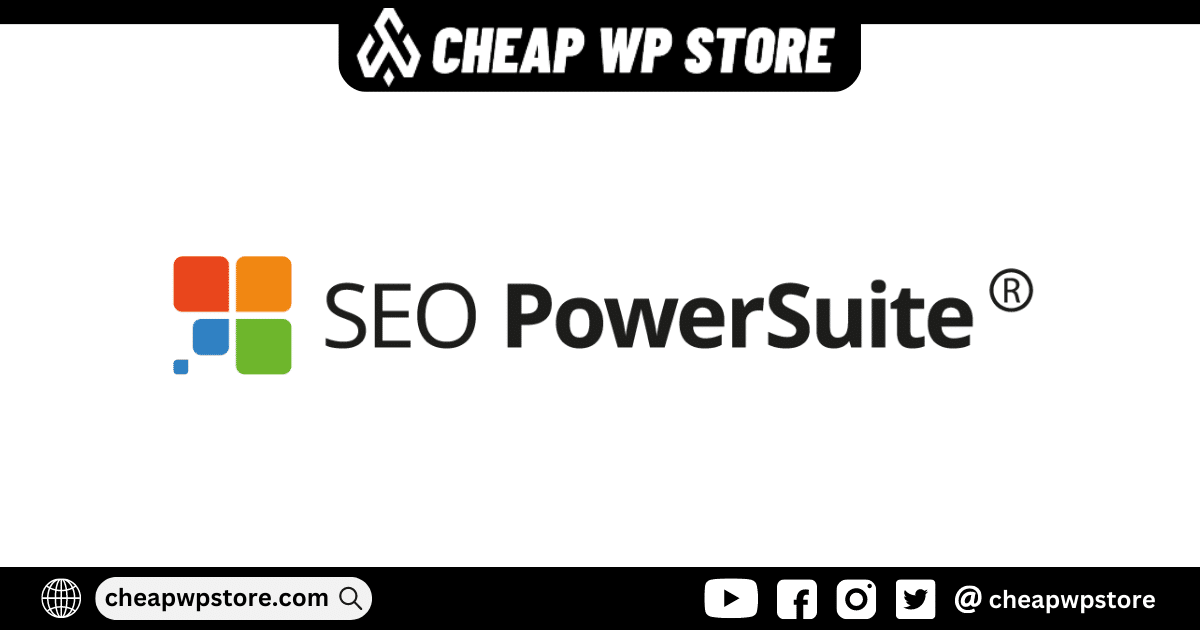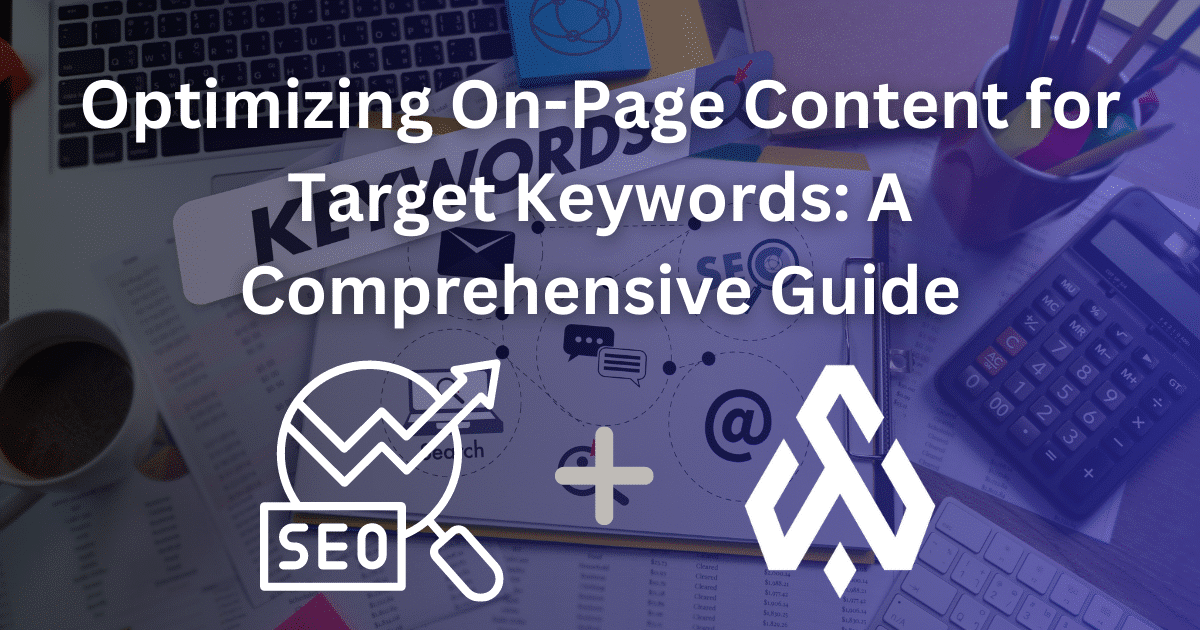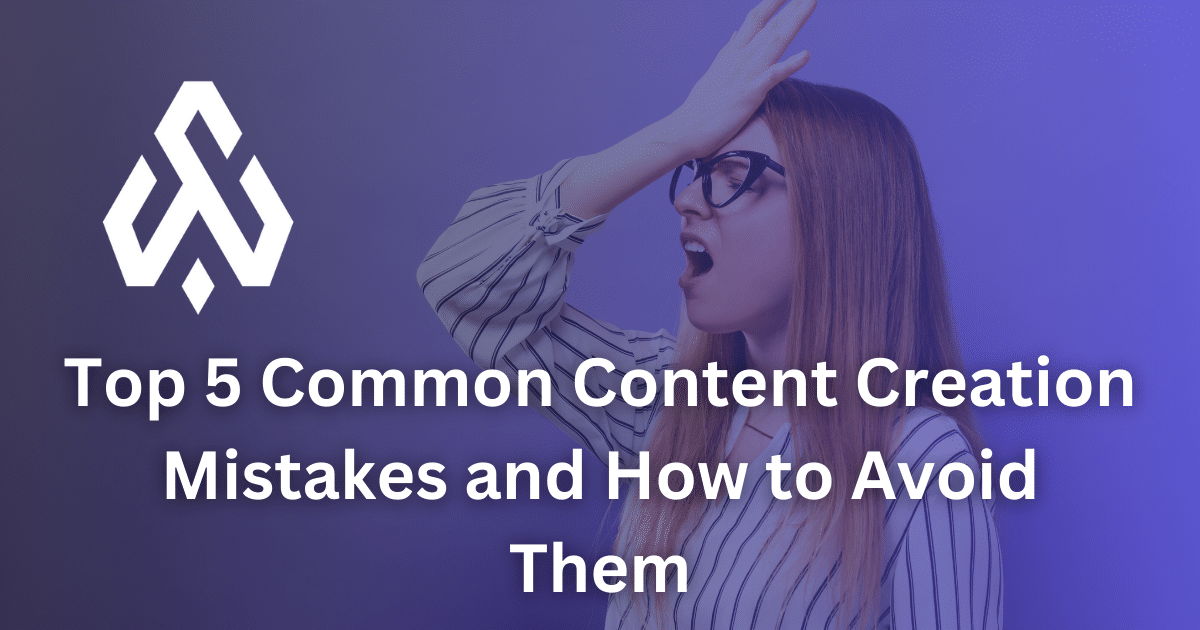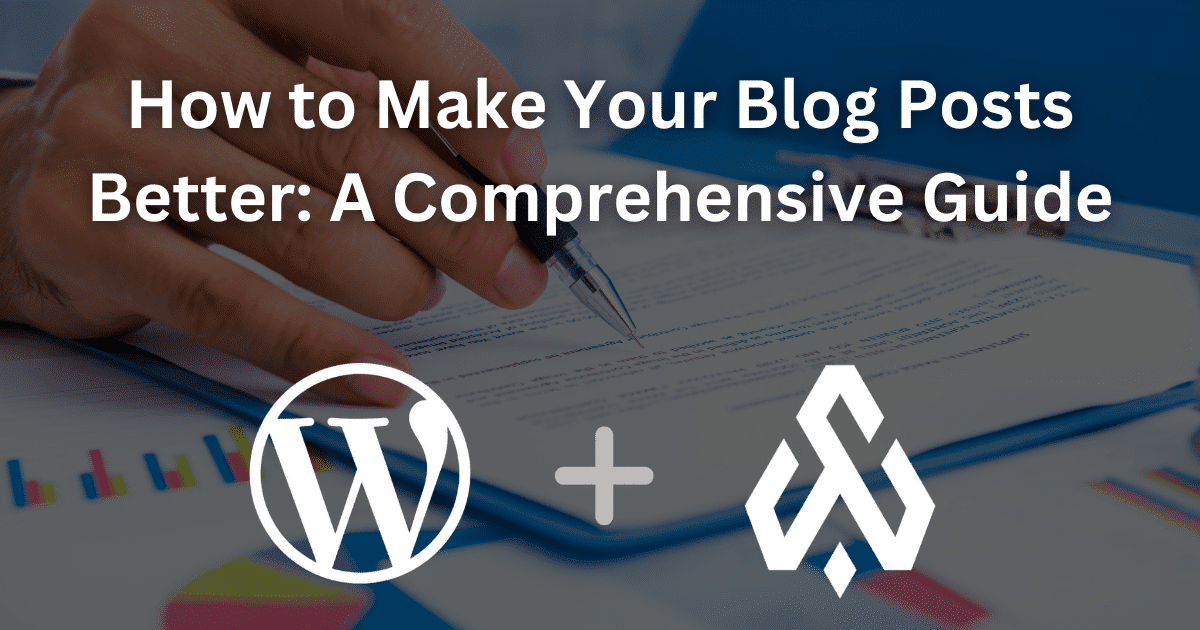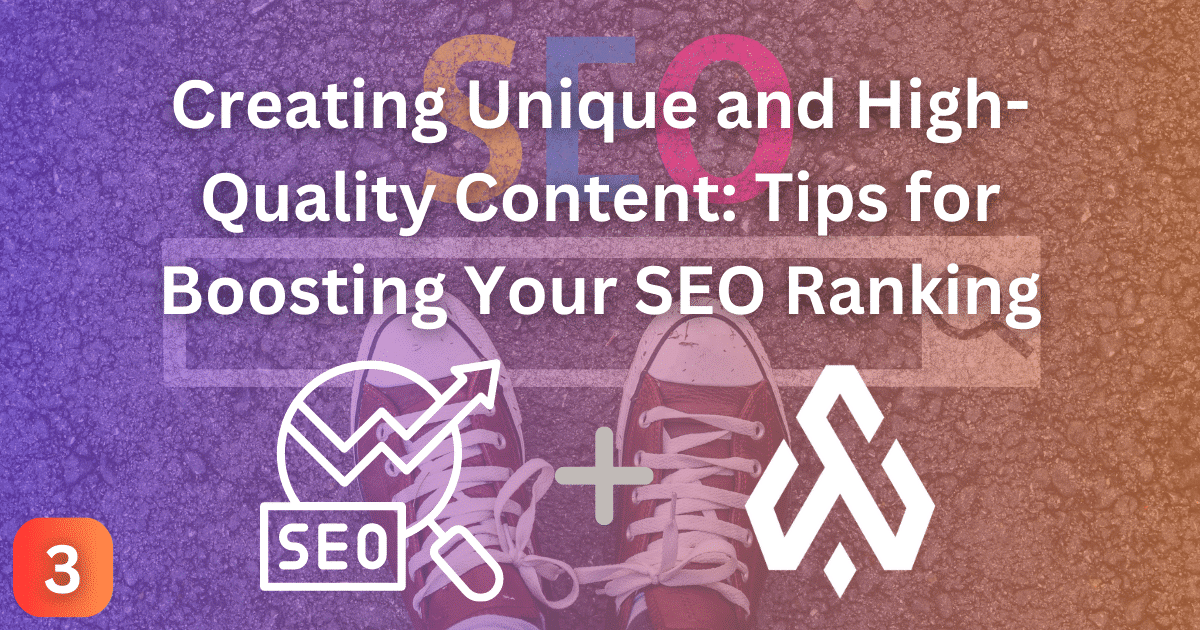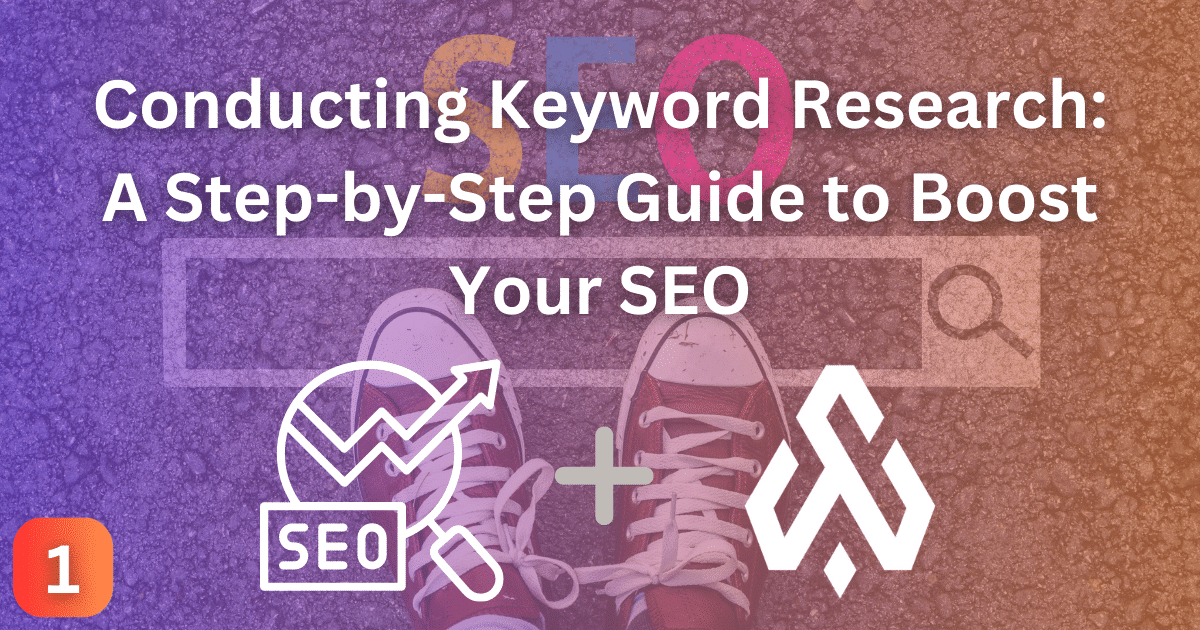When it comes to optimizing your website for search engines, one of the most important things you can do is to optimize your on-page content for your target keywords. This not only helps search engines understand what your content is about, but it also helps your content rank higher in search engine results pages (SERPs) for those keywords.
In this guide, we’ll take a deep dive into the best practices for optimizing on-page content for target keywords. We’ll cover everything from conducting keyword research to implementing on-page optimization techniques, and we’ll provide you with plenty of tips and tricks along the way.
Step 1: Conduct Keyword Research
The first step in optimizing your on-page content for target keywords is to conduct thorough keyword research. This involves identifying the keywords and phrases that your target audience is searching for when looking for content related to your industry, products, or services.
There are several tools available that can help you conduct keyword research, including Google Keyword Planner, SEMrush, Ahrefs, and Moz Keyword Explorer. These tools can help you identify high-volume keywords that are relevant to your business, as well as related long-tail keywords that you can target in your content.
When conducting keyword research, it’s important to keep in mind the search intent behind each keyword. Are people searching for information, products, or services? Understanding the search intent behind a keyword can help you create content that satisfies the needs of your target audience.
Step 2: Implement On-Page Optimization Techniques
Once you’ve identified your target keywords, it’s time to implement on-page optimization techniques to ensure that your content is optimized for those keywords. Here are some of the most important on-page optimization techniques to keep in mind:
- Optimize Your Title Tag: Your title tag is one of the most important on-page SEO elements, as it tells search engines and users what your page is about. Include your target keyword in your title tag and keep it under 60 characters to ensure that it displays properly in SERPs.
- Optimize Your Meta Description: Your meta description is the snippet of text that appears below your title tag in SERPs. While it doesn’t directly impact your rankings, it can influence click-through rates. Include your target keyword in your meta description and keep it under 155 characters.
- Use Header Tags: Header tags (H1, H2, H3, etc.) help break up your content and make it easier for users to read. They also help search engines understand the structure of your content. Include your target keyword in your H1 tag and use H2 and H3 tags to break up your content and include related keywords.
- Optimize Your Content: Your content should be informative, engaging, and relevant to your target audience. Include your target keyword in the first paragraph of your content and use related keywords throughout your content to reinforce the topic of your page.
- Optimize Your Images: Use descriptive file names and alt text for your images to help search engines understand what your images are about. Including your target keyword in your alt text can also help reinforce the topic of your page.
Step 3: Monitor and Adjust Your Strategy
After implementing your on-page optimization strategy, you should monitor your website’s performance and make adjustments as needed. Here are some tips on how to do this effectively:
- Use Google Analytics to track your website’s performance. This tool can show you how many people are visiting your website, how long they’re staying, which pages they’re viewing, and more. You can also use it to track the performance of individual pages and see which ones are driving the most traffic.
- Check your search engine rankings regularly. Use a tool like SEMrush or Ahrefs to track your keyword rankings and see how they’re changing over time. If you notice that your rankings are dropping for a particular keyword, you may need to adjust your on-page optimization strategy for that page.
- Monitor your competitors’ websites. Keep an eye on your competitors’ websites and see how they’re ranking for your target keywords. Look for opportunities to improve your own website’s content and structure based on what you see.
- Analyze user behavior on your website. Use tools like heat maps and user recordings to see how people are interacting with your website. This can help you identify areas where users may be getting stuck or frustrated, which can then inform your on-page optimization strategy.
- Continuously test and experiment. Don’t be afraid to try new things and see how they impact your website’s performance. For example, you may want to test different page titles or meta descriptions to see which ones drive the most clicks.
By following these tips and monitoring your website’s performance over time, you can ensure that your on-page optimization strategy is effective and continuously improving.
Conclusion
In conclusion, optimizing your on-page content for target keywords is crucial for improving your website’s search engine ranking and driving organic traffic. By following the tips outlined in this article, such as conducting thorough keyword research, strategically placing keywords in your content, and optimizing your website’s meta tags, you can ensure that your website is well-optimized for search engines. It’s important to remember that SEO is an ongoing process, and it’s important to regularly analyze and adjust your strategy to stay ahead of the competition. By consistently creating high-quality, optimized content, you can improve your website’s search engine visibility and attract more targeted traffic to your site.










